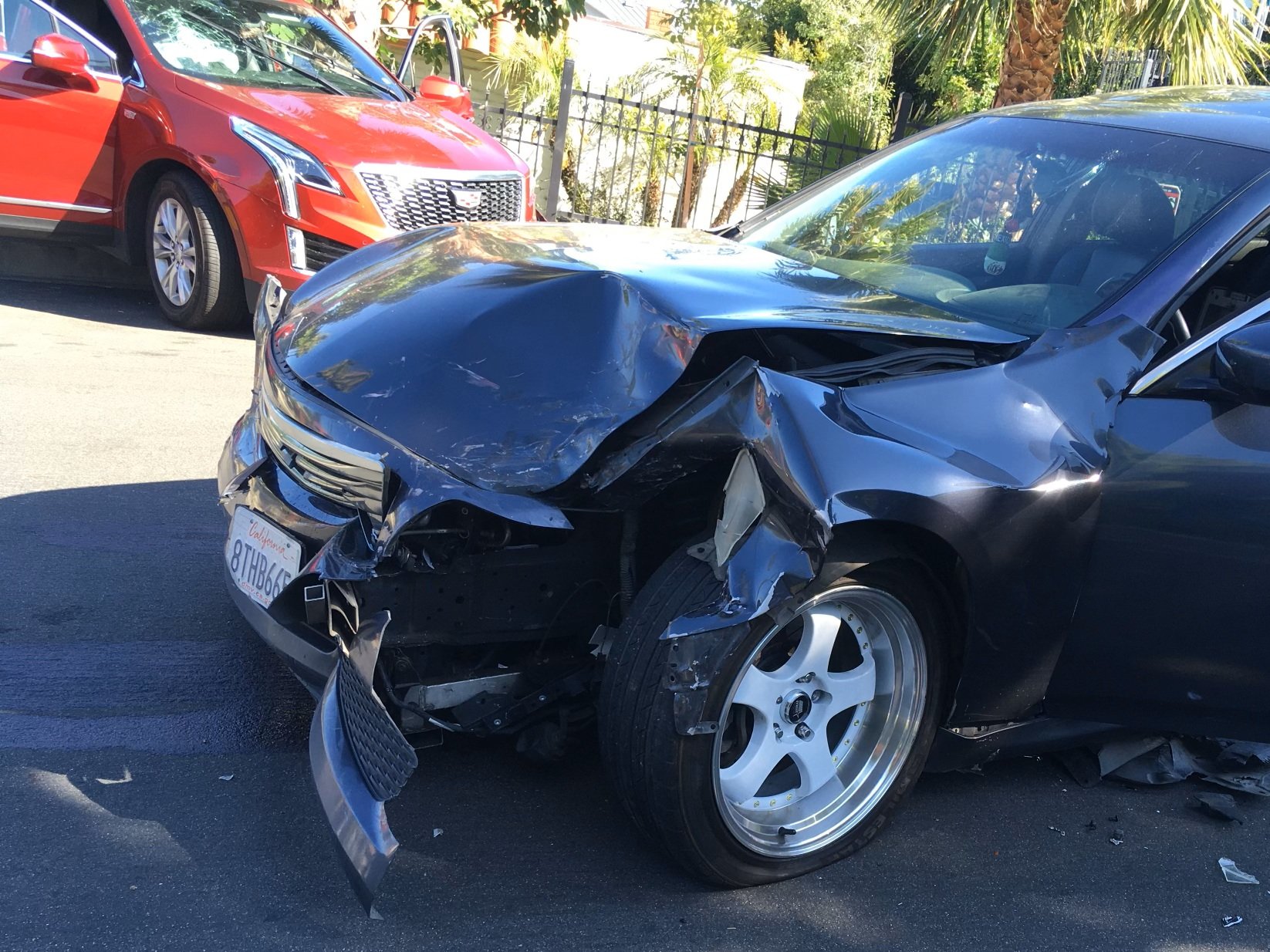BLT has brought more Fire, EMS, and Public Safety agencies to the federal Safe Streets & Roads for All (SS4A) program than any other company. If your agency plans to submit a proposal, please let us know. We would be honored to partner and help to make the project a success.
We look forward to a zero-crash world,
and we’re helping Mobile Medical agencies win the funding they need to build it.
Imagine if Responders arriving at a crash scene knew who was likely impacted — not just its location and that airbags deployed — and their critical health context? Post-crash injuries and death often stem from missing and delayed information, including a lack of awareness of how many ambulances are needed; the occupants’ complex health needs ( for example, administering blood products without clotting factor to a hemophiliac patient won’t have the intended outcome); which facility is best equipped — and ready, with enough beds — to care for the patients involved; even the impact of traffic on ETA to transport route.
Fleets including Mobile Medical agencies, and families face extraordinarily risk following a crash. HALCYON Post-Crash Intelligence is an interoperable “data pipe” that works like “fiber optics for emergency medical services.” Its goal is to securely share critical details about a vehicle’s likely occupants with Responders while they are en route to the scene, so can have it in their hands — and in their ePCR, to reduce data capture burden — even before arriving at the scene. HALCYON Post-Crash Intelligence then leverages BLT’s MEDIVIEW BEACON Prehospital Health Information Exchange to shares Responders’ insights with the receiving hospital as discrete, consumable data in as little as 30 seconds.
FedEx faces up to $3.5M monthly in crash-related claims and costs.
Comcast suffers 5000 crashes annually.
33% of commercial crashes involve an emergency response vehicle.








